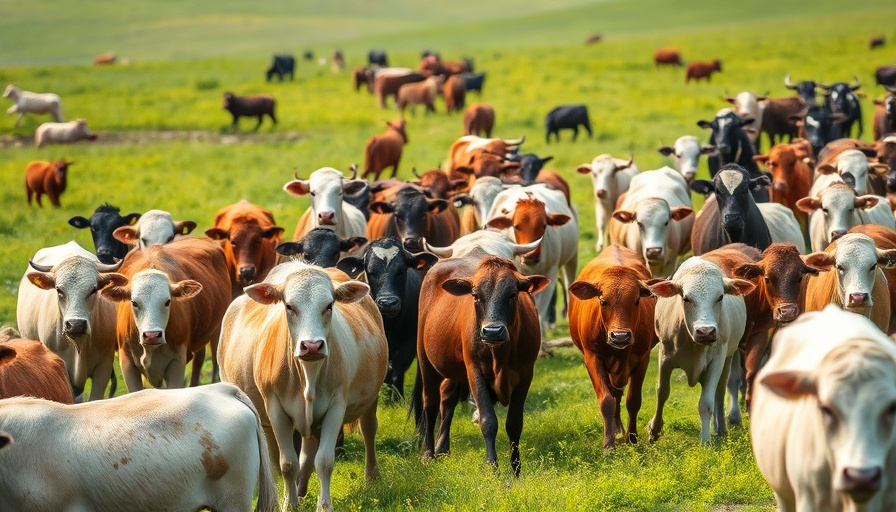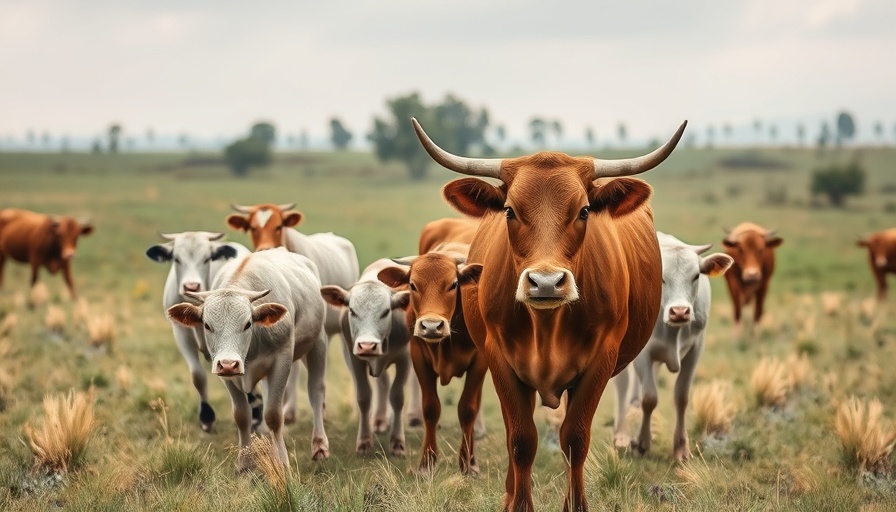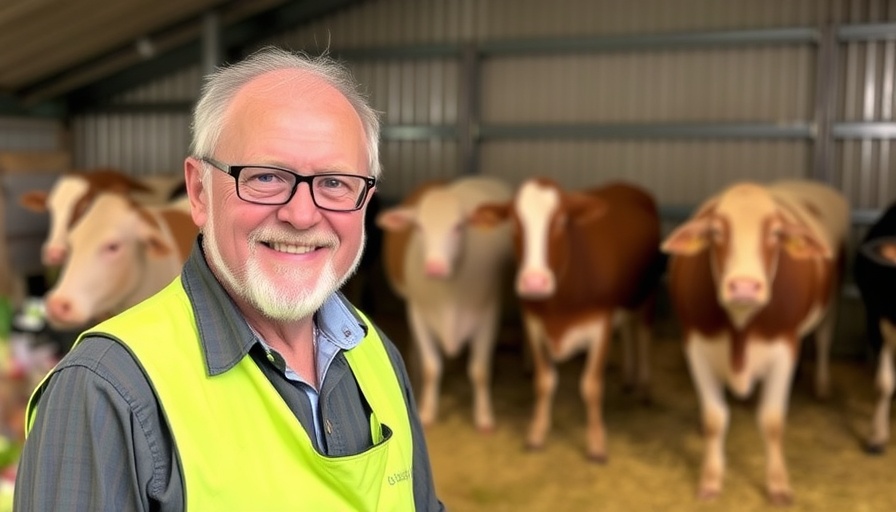
Why Grazing Matters for Milk Producers
The picturesque image of cows grazing peacefully in a green meadow not only defines the Dutch countryside but also highlights an essential practice in the milk industry: weidegang, or pasture grazing. Despite its charm, recent statistics reveal a troubling trend among milk producers in the Netherlands. According to ZuivelNL, the adoption of pasture grazing has dropped from 82.2% in 2023 to 80.1% in 2024, marking a significant deviation from the earlier growth observed following the 2012 Covenant on Grazing, which aimed to promote this traditional practice.
The Art of Grazing: A Balancing Act
Farmers often describe grazing as both an art and a science. As Hans Scholte, a business advisor at Flynth, puts it, “weidegang presents a higher margin, but only if managed well.” This management demands an understanding of various factors, including the type of crop and the appropriate length of grass for grazing. Farmers face multiple challenges, including fluctuating weather patterns, disease outbreaks like bluetongue, and strict regulatory requirements that can impact their operational flexibility.
Economic Pressures Affecting Grazing Adoption
Economic pressures continue to drive down the trend in grazing. The larger the herd, the more significant the financial impact of any mismanagement. Farmers operating with more than 200 cows particularly feel the strain; errors can lead to immediate financial repercussions. As the industry faces escalating costs and increased regulations, many farmers find it easier to stick with conventional practices, leading to a continued decline in weidegang implementation.
Realigning Goals for Grazing Practices
The dairy sector is committed to reversing the downward trend of weidegang participation. To achieve its goals, the sector aims to reinstate grazing percentages back to at least their 2012 levels, ideally surpassing 81.2%. Many farmers remain open to adopting pasture grazing but stress that it must align with their business models. Some producers are already innovating by integrating technology to monitor herd health and pasture quality, demonstrating that modern solutions can coexist with traditional practices.
Understanding the Challenges and Adjusting Strategies
For farmers, understanding grazing requirements is crucial. As Scholte highlights, the ideal grass length should be no more than the size of a fist and a thumb. Yet, adhering to this guideline while responding promptly to changing weather conditions and crops requires experience and skill. Failure to execute these guidelines can result in poor herd health and suboptimal milk production, yet many farmers are actively seeking training and resources to improve their grazing techniques.
Looking Ahead: The Future of Grazing
As we look to the future, we need to embrace both tradition and innovation in dairy farming. Engaging in sustainable grazing practices provides unique benefits to both farmers and the environment, such as improved soil health, enhanced animal welfare, and sustainable land use. Therefore, fostering an environment that allows for continued education, access to expert advice, and communication within the farming community will be vital in reviving the rich heritage of weidegang for the benefit of all stakeholders.
By envisioning a return to more traditional farming practices blended with modern innovations, farmers can safeguard their livelihoods while preserving the cherished landscapes that define the Dutch countryside.
 Rij toevoegen
Rij toevoegen






Write A Comment